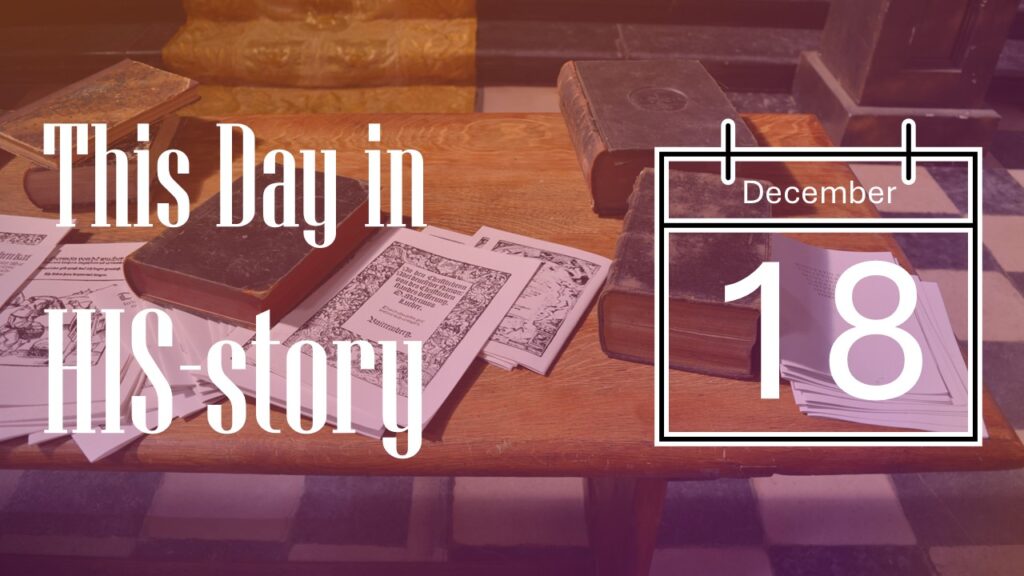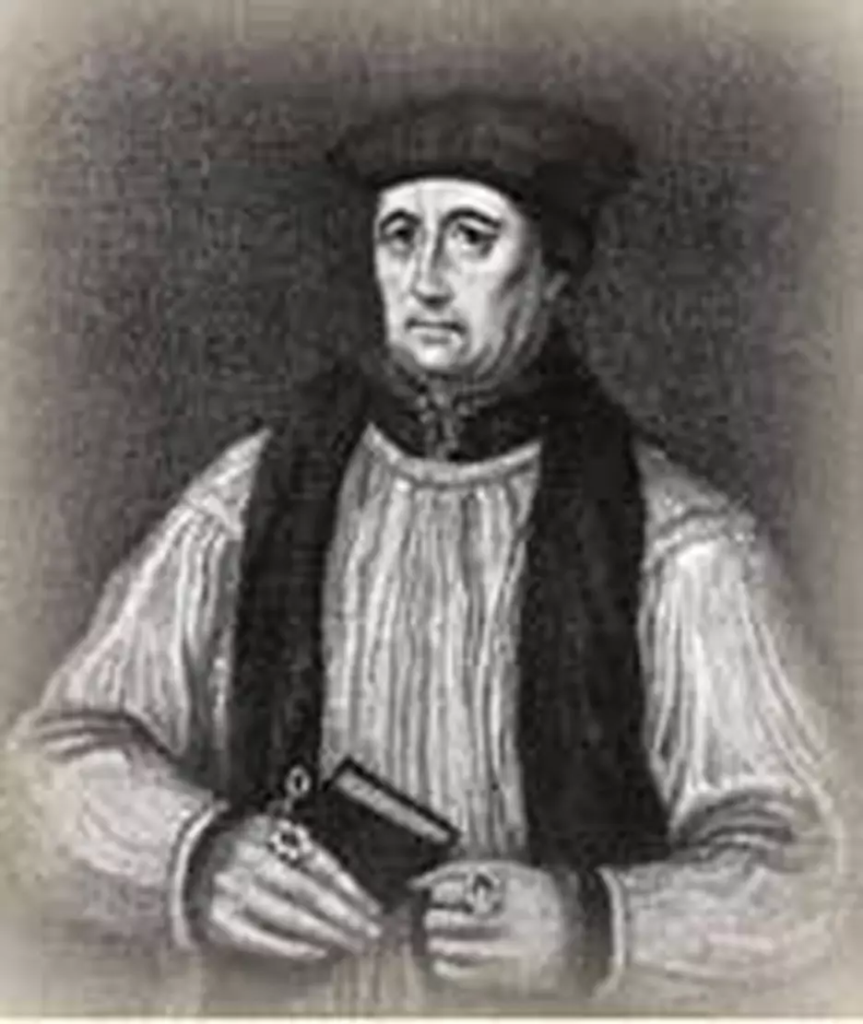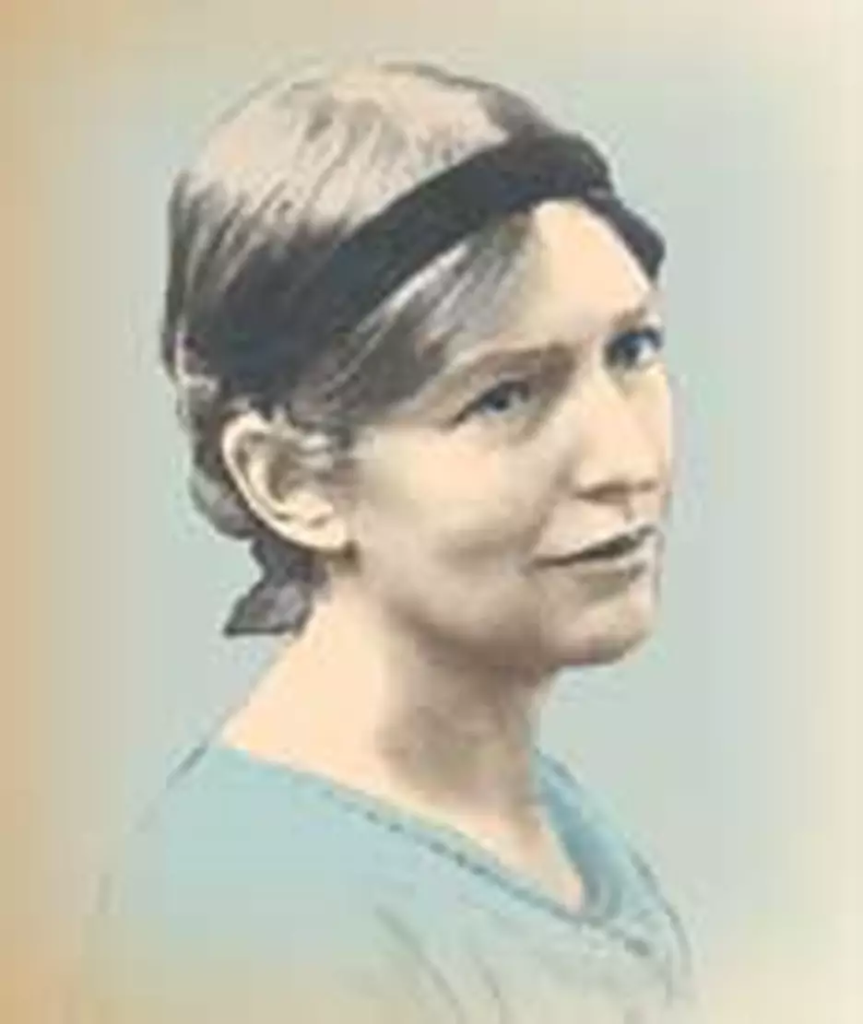
1553
When Queen Mary Tudor came to the English throne in 1553, everyone expected she would restore the Roman Church to a nation which had become Protestant. Fearing brutality, some clergymen fled. One who stayed in England was John Philpot, archdeacon of Winchester. Assured that he could speak freely, he debated Roman apologists in a convocation.
Philpot was a man of great learning, with knowledge not only of the Bible but of its languages, especially Hebrew. To persuade him to recant his Protestant beliefs would have been a signal victory. However, contemporaries say Philpot more than held his own in the debates.

Almost at once, his words were turned against him. He was arrested as a heretic and bullied by Story, Bonner and other agents of the queen. Bishop Gardiner, one of Mary’s leading persecutors, had reason to resent Protestants. Gardiner had been bishop of Winchester until deposed by the Protestant king, Edward VI.
Philpot was sometimes held in Bishop Bonner’s coal house and sometimes in a tower. One day he might be loaded with chains, the next placed in the stocks. His opponents vowed openly to bring him to the stake, but at the same time sought to persuade him to recant his heresies. John Philpot held fast to his convictions through fourteen examinations.
Eighteen months passed in this imprisonment. There was no sign his resolve would weaken. Philpot managed to preserve secret notes about his hearings. Much of this material was later printed by John Foxe in his Actes and Monuments (better known as Foxe’s Book of Martyrs).
On December 16th, Bishop Bonner passed the death sentence on his victim. Philpot was taken to Newgate and loaded with so many chains by the prison keeper that he had to send a servant to ask the sheriff to relieve him. The sheriff ordered the extra chains removed. On the 17th, while he ate supper, Philpot was told he must die the next day. To this he replied joyfully, “I am ready: God grant me strength and a joyful resurrection.”
Thanking God that he was counted worthy to suffer for truth, he went into his room. Did his mind run back to his participated in the examination and burning of the deluded Joan of Kent?
We do not know. However, on this day, December 18, 1555, he met the sheriff’s men joyfully at eight and proceeded to the stake in Smithfield. The path was muddy and the sheriff’s men offered to carry him. He refused, saying, “I am content to go to my journey’s end on foot.”
He knelt when he came to the place of execution and kissed the stake. Then he recited psalms 106, 107 and 108, was chained to the stake, and died in the flame that mounted around his body.
1666
1666
Covenanter minister Hugh McCall is brought into court, found guilty, and condemned to hang for his resistance to the authority claimed by the king over the Scottish church. The verdict will be carried out four days later and on the way to the scaffold, McCall will assure his father that his death will do more good for the cause of God’s people than twenty more years in the pulpit.1974
Evie Brand burst into tears. She pleaded with the mission board, but its leaders would not yield. Rules were rules, they said. She was too old to go back to India. She must retire.
The decision was hard for the board. Evie had long sacrificed comforts and family to the mission. Year after year, she had lived entirely on a small inheritance and set aside her official salary to buy land for the mission. But ever since her husband Jesse died of fever, pioneering with her in the Mountains of Death, the mission had not been sure what to do with her. The one task she wanted–to open new work in the mountains–was denied her because she was elderly, single…and opinionated.

From the board’s point of view it was senseless to appoint a 68-year-old woman to another five-year term. But years before, Jesse and Evie had vowed to reach five mountain ranges with the Gospel. Four still had to be reached. Evie felt God was calling her to fulfill that vow.
Evie grasped at one last straw. “Please just send me back for one year,” she pleaded. “I promise not to make any more trouble. At the end of one year I will retire.” Reluctantly, the board agreed. Had they known the secret plan that Evie had confided to her daughter, they surely would have refused permission.
Evie said good-bye to friends and relatives in England and was back in India by January 1947. The mission appointed her to the plains. Evie did not mind much. It was only for a year!
Camping in the Kalrayan range on every holiday, she plotted her next move. Her son designed a little house for her, and she scrounged building materials and organized it into loads light enough for helpers to tote uphill.
Her year with the mission ended. Fellow missionaries gathered to wish her a tearful good-bye and presented her with a parting present: a lovely lamp.
Evie informed them gleefully that she was retiring from the mission–retiring to take up an independent work in the mountains, to fulfill the commission that she and Jesse had undertaken years before. Her colleagues’ protests and warnings fell on deaf ears. As far as Evie was concerned, life begins at 70.
Strictly speaking, life begins a little sooner. Evelyn was born in England in 1879. Her father was a well-to-do merchant; as a young woman Evie cut a fine figure in plumed hats and frilly dresses. Her family was involved in missions, street work, and charities. Her father protected his daughters, even trying to dissuade them from marriages that would take them away from him, but one by one they started families.
Evie learned to paint. Her idol was John Joseph Turner, who seemed able to capture light on canvas. To the end of her days, she sketched and painted with gusto. But when she entered her 20s, she found that art did not feed her soul.
Evie was 30 when she spent a few weeks in Australia, helping a sister. Sailing home, she sensed a divine calling to be a missionary. Yet how was she to break the news to father? The arrival of a young missionary from India helped. Evie found Jesse Brand too intense for her taste. But at a missionary meeting, he seemed to look directly at her as he described the filth and squalor on the mission field. She heard an unspoken question in his words: could she, a fashionable girl, handle such things? Resolve rose within her. Yes, with God’s help she could! And she was riled up enough to tell her father so.
He took her announcement hard. A missionary? Aren’t there enough lost souls in London? Evie insisted that she had to obey God’s call. Finally, her father yielded. She could go, but she must allow him to provide her entire support. At her farewell party, she wore her usual finery. “She looks more like an actress than a missionary,” said someone.
Assigned to Madras in the plains of India, Evie discovered that Jesse Brand had been transferred there too. She fell in love with him and with his vision for the people of the Mountains of Death. Then she found out that Jesse was engaged. Hot and shaking, she fled to her bathroom and poured cold water over herself. She had made a fool of herself!
Her heart grew dry. Looking at India’s flowers, blooming brilliantly in the dry season, she prayed, “Let me be like that, Lord, flowering best when life seems most dry and dead.”
Language study took her to the hills. Jesse contacted her. His engagement was off. Would Evie marry him? They would work the mountains together.
Evie’s honeymoon was a “perfect” introduction to life in the hills. Dressed in wedding white, she joined Jesse in the canvas dholi (carrier). Her bearers had gone off to hunt a wild pig. New men were found, but thunder rumbled in the sky. Heat wilted her dress. She tried not to give way to terror as the men lurched along steep precipices. Thorns caught her clothes. Rain drenched the carrier. When she dismounted to walk, she sank deep into mud holes. They lost their way in the dark.
That was the beginning of their work in the mountains. It was not glamorous. At the start, a dying man gave his heart to Christ. It was seven years before they saw another convert on the Kolli range. Because Hindu priests feared to lose their influence and revenue, they opposed the Gospel. People wanted to follow Jesus because God enabled Jesse to heal many of their diseases, but the priests frightened the people away from the new faith.
Jesse taught them better farming methods, treated their sick, built houses, and fought their tax battles. He showed Evie the five ranges of hills he hoped to win for Christ: their own Kolli, and beyond it Pachais, Kalrayan, Peria Malai, and Chitteris.
The two went from village to village preaching the Gospel and tending the sick. Yet the people always pulled back from Christianity for fear of their Hindu priests. A breakthrough came when a priest caught fever. Jesse hurried to his aid. As he died, the priest entrusted his children to the Brands. The Jesus God must be the true one, he said, because the Brands alone had helped him in his hour of death.
The people marveled at a God who made Jesse care for an enemy’s orphaned children. Evie eventually became mother to many abandoned Indian children. Through her motherly love, a small Christian community was born.
Still, the progress of the Gospel remained painfully slow. Painful also was the need for Jesse and Evie to leave their two children, Paul and Connie, in England for schooling. Evie said that something “just died in me” the day she had to say good-bye to them. It was the hardest test of loyalty God asked of her.
In England, Paul and Connie learned that their father was dead. He had contracted blackwater fever. Although Evie felt hollow, she prayed that the Lord would allow Jesse’s death to win more souls than his life had. Hindu and Christian alike mourned the man who had poured out love to them, and they vied with each other for the usually contemptible job of digging a grave and lowering a dead body into it. Evie struggled on in the work alone until a replacement was found. Jesse had promised to show her a shortcut to one village. “Now he’ll not be able to,” she lamented. She was wrong. Riding his horse one day, it remembered the new path and carried her along it.
After a visit with her children in England, Evie was determined to return to the Kolli hills. Mission leaders were uneasy. Would it work?
They were right to ask. Evie expected co-workers to do as Jesse would have. When they didn’t, she spoke up and tension resulted. She pleaded to be allowed to start a new work on one of the other ranges. Mission leaders refused. Mountain work did not show good returns. They transferred Evie to the plains. At times she considered leaving the mission to strike out on her own, but circumstances always held her back…until she retired.
Despite broken bones, fevers, and infirmities, she labored on. In fifteen years, she almost eradicated Guinea worm from the Kalrayan range. Through her efforts, the five ranges were evangelized, and a mission work planted on each. She added two more ranges to her plans. Granny insisted this extraordinary accomplishment was God’s doing, not hers.
Wherever she was, she proclaimed Christ. In the hospital with a broken hip, she wheeled herself from room to room (or scooted on a carpet!) and talked to the other patients. She painted landscapes for them. Her bones knit in record time, and back she went to the mountains to fight marijuana growers.
When her son, Paul, visited her in the mountains, he found her looking younger. Her smile, brighter than ever, made the difference. “This is how to grow old,” he wrote. “Allow everything else to fall away, until those around you see just love.”
Granny tore some ligaments and had to go to the plains for treatment. Before she could return to her beloved mountains, her speech became jumbled and her memory failed. Seven days later, on December 18, 1974, she died. The next day her body was taken back to the hills and laid beside Jesse’s as a multitude wept. The woman who had been declared too old for India had carried on for 24 more years, working almost to her day of death.
